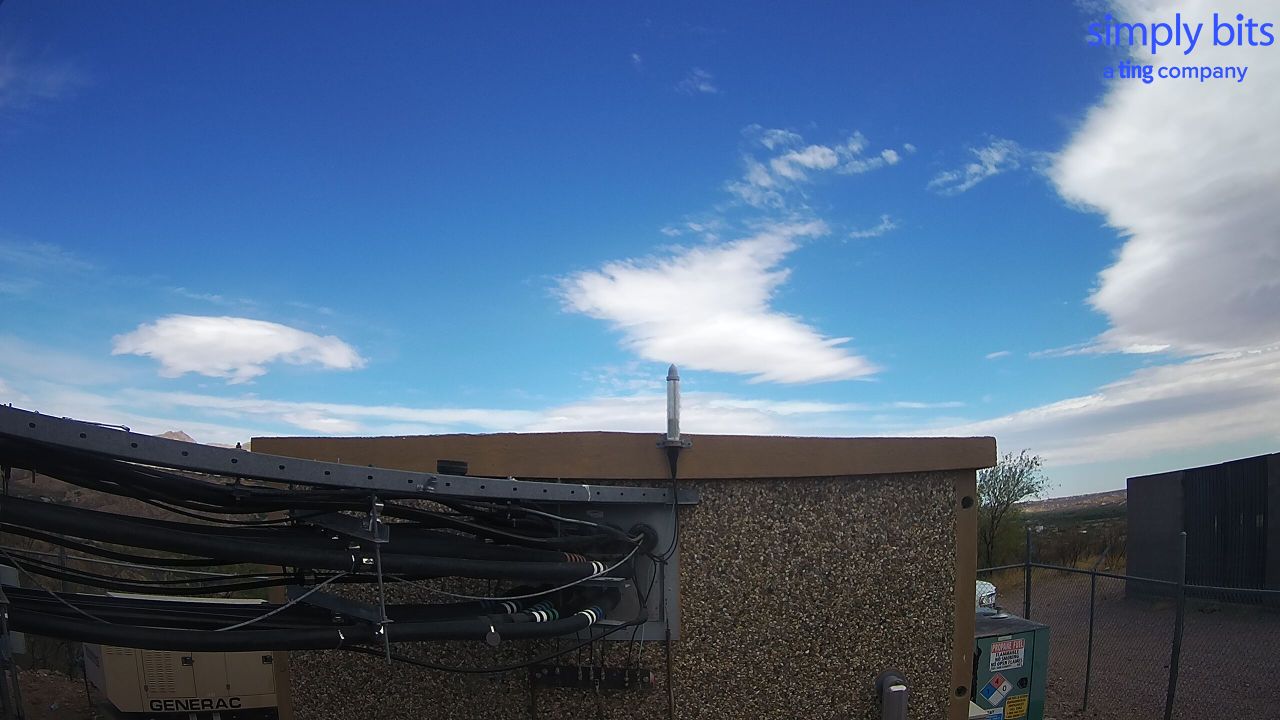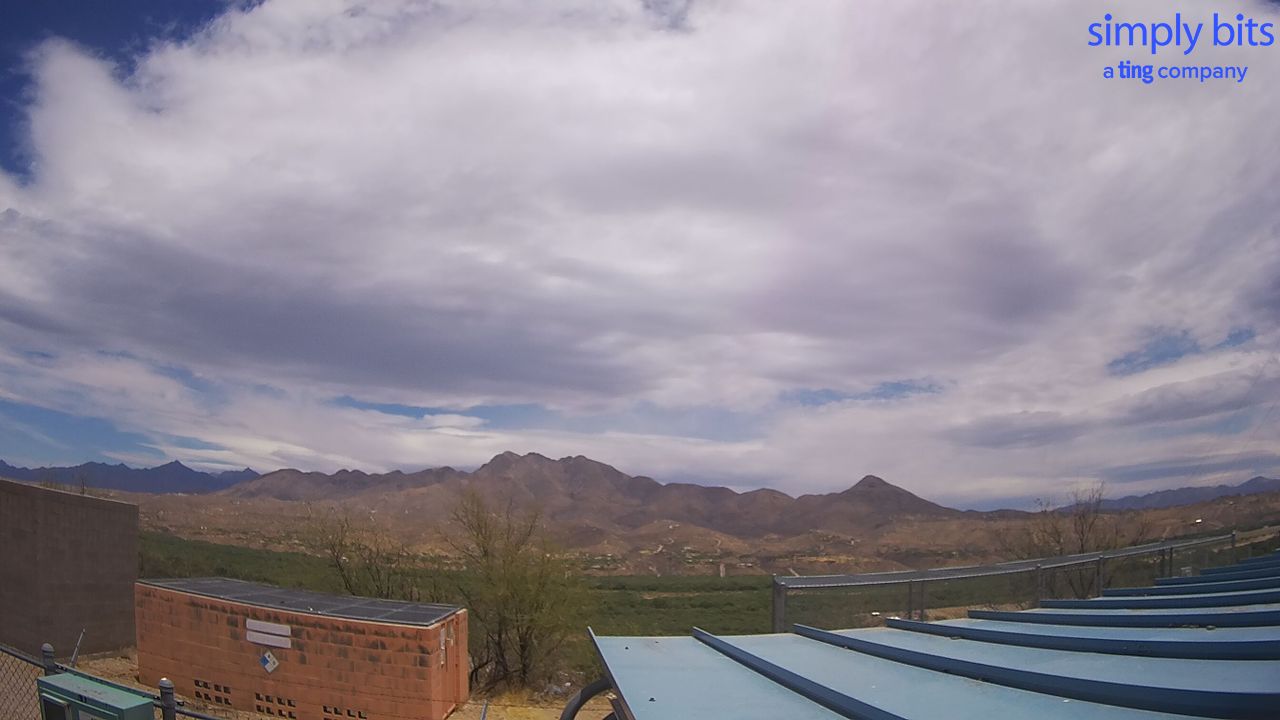Peck Canyon, AZ Weather Cams
Peck Canyon North Cam

Peck Canyon South Cam

Peck Canyon East Cam

Peck Canyon, Arizona: A Gateway to History and Rugged Beauty
Peck Canyon, AZ Weather Cams. Peck Canyon, located in southern Arizona near the U.S.-Mexico border, is a region steeped in natural beauty, historical intrigue, and the rugged landscapes characteristic of the Sonoran Desert. While not as widely known as other Arizona destinations, Peck Canyon has played a role in the state’s history through indigenous habitation, frontier expansion, and borderland developments.
Indigenous History and Early Inhabitants
Long before settlers arrived in southern Arizona, indigenous groups such as the Tohono O’odham lived in and around the Peck Canyon region. The Sonoran Desert provided these early inhabitants with natural resources, including desert plants, wildlife, and seasonal water sources. They adapted to the harsh conditions and maintained a rich cultural tradition tied to the land.
Petroglyphs and archaeological evidence suggest that indigenous peoples used canyon areas as travel routes, hunting grounds, and possibly sites of spiritual significance. Like other parts of southern Arizona, Peck Canyon’s rugged terrain offered shelter and strategic locations for survival.
Spanish Exploration and the Mexican Era
During the late 17th century, Spanish explorers ventured into what is now Arizona, seeking routes for expansion and missionary efforts. Jesuit missionaries, including Father Eusebio Kino, traveled through parts of southern Arizona, establishing missions and introducing Christianity to indigenous communities.
As part of New Spain, the Peck Canyon area was influenced by Spanish land claims and trade routes. After Mexico gained independence from Spain in 1821, the region transitioned into Mexican territory, with settlements and ranching operations expanding. However, due to its remote location, Peck Canyon remained relatively undeveloped, serving primarily as a passageway for traders and travelers navigating the borderlands.
American Expansion and the Gadsden Purchase
In 1854, the U.S. acquired southern Arizona—including the Peck Canyon area—through the Gadsden Purchase, an agreement that expanded American territory in the Southwest. Following the acquisition, American settlers and military forces began exploring and mapping the region.
Peck Canyon and its surroundings became important during the frontier era as the U.S. sought to establish military forts, postal routes, and transportation infrastructure. Due to its proximity to the border, the area saw increased movement of people, including ranchers, prospectors, and law enforcement officials tasked with maintaining order.
Borderland Conflicts and Bandit Activity
During the late 19th and early 20th centuries, Peck Canyon was occasionally associated with outlaw activity, smuggling, and border conflicts. Southern Arizona’s remote desert landscapes made it an ideal location for bandits and fugitives seeking to evade authorities. The rugged terrain provided natural hiding spots, making law enforcement efforts challenging.
Historical accounts suggest that bandits sometimes used canyons, including Peck Canyon, as escape routes or meeting points. Additionally, conflicts related to cattle rustling and land disputes occasionally erupted in borderland regions. Despite these challenges, Peck Canyon remained relatively obscure compared to other historical hotspots in Arizona.
Modern Use and Environmental Significance
Today, Peck Canyon serves as a scenic area known for its desert beauty, hiking opportunities, and borderland significance. Though not a major tourist attraction, the canyon attracts outdoor enthusiasts and researchers interested in Arizona’s historical and ecological landscapes.
As part of Arizona’s borderlands, Peck Canyon has also been involved in discussions about immigration, conservation, and security measures. Efforts to preserve the natural environment while managing border-related concerns remain ongoing.
Conclusion
Peck Canyon, Arizona, may not be widely recognized, but its history reflects the broader themes of frontier expansion, indigenous resilience, and the dynamic relationship between the U.S. and Mexico. From early indigenous occupation to borderland developments, the canyon remains an intriguing piece of Arizona’s historical puzzle. Its rugged beauty continues to captivate those who venture into the heart of the Sonoran Desert, where past and present converge.
For more information, visit this Peck Canyon, AZ website.
Peck Canyon, AZ Weather Cams
See more Arizona live cams here!
